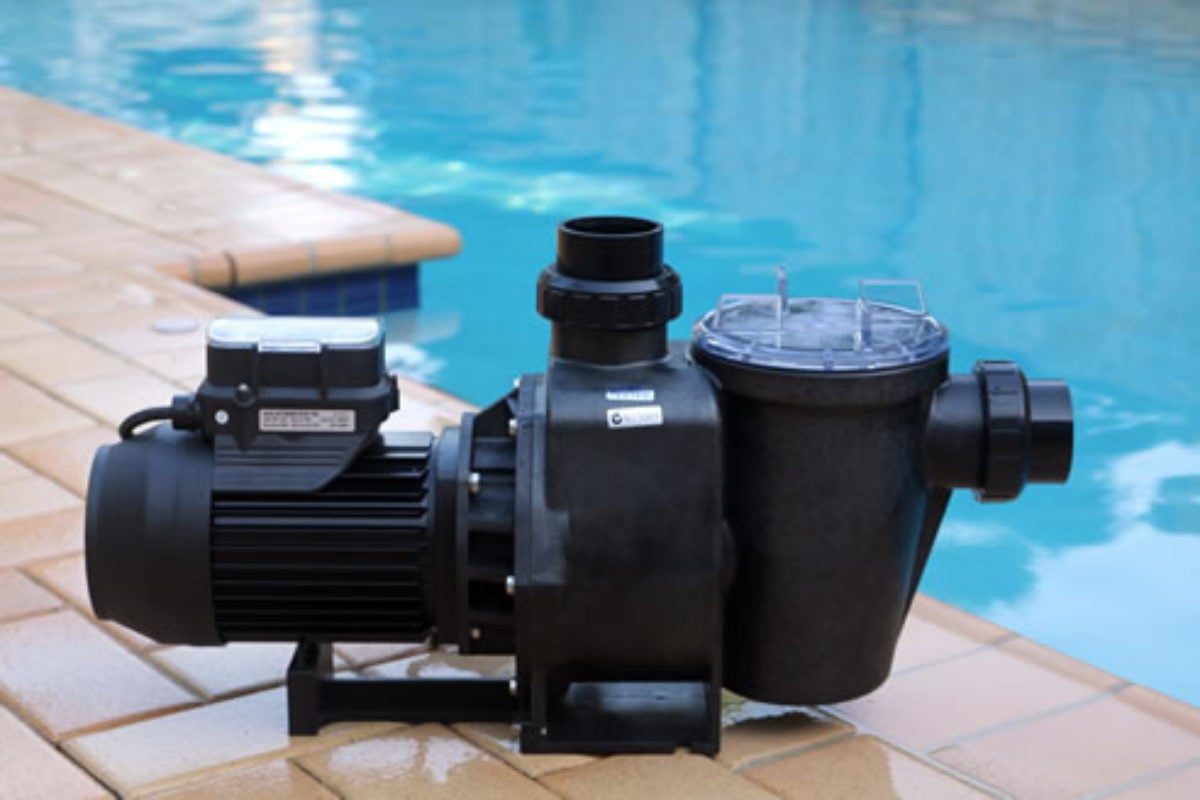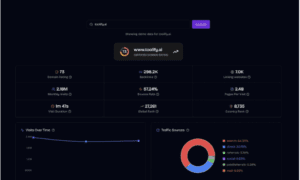Ever wish your pool setup were simpler and more energy-efficient?
Just imagine a single smart pump to run the pool filtration system along with the beautiful waterfall feature; sounds like a wishful thought, right? Not so! Using a variable speed pool pump might be the smartest move for both your pool’s filtration and your stunning water features. These pumps save electricity by up to 70%, decrease noise, and provide good water circulation, all to beautify and increase your pool performance if set up correctly.
What Is a Variable Speed Pump?
A variable speed swimming pool pump is an advanced type of pool pump that uses a multi speed motor, allowing you to adjust its speed to suit different needs. Contrary to standard single- or dual-speed pumps, which run at set rates, this efficient pool pump runs at variable speeds and is controlled by digital interfaces or smart automation systems.
At lower speeds, it filters water quietly and efficiently, while at higher speeds, it powers waterfalls, fountains, or spa jets. The more modern units are now equipped with programmable timers and connectivity features, which make them an integral part of modern pool equipment setup.
Dual Purpose Magic: Filtration + Waterfall in One
Here is where the fun begins — your variable pool pump can be a dual purpose pump, doing both filtration and your swimming pool waterfall pump job with ease. With the pump speed settings, you can tweak the pool circulation control to meet your needs.
For instance, during daily operation, you might set a low flow rate (around 30–40 GPM) for regular filtration and efficient operation. And when it is time to dazzle your guests, ramp up the speed to boost flow and create that powerful, relaxing waterfall water flow.
Coupled with a pool automation system, you could even preprogram these changes — allowing the pool to change from filtration to waterfall mode itself. It’s a truly energy saving pump solution that brings both beauty and practicality together.
When One Pump Works for Both — and When It Doesn’t
A single pool waterfall pump and filtration pump unit performs best if your plumbing is set up to accommodate both tasks — usually in systems where combined flow rates are less than 100 GPM. The pool water flow should stay in balance, providing proper filtration even when the waterfall is running.
This setup works for waterfalls with moderate flow or decorative waterfall and fountain pumps, which require low-pressure demands. You should consider utilizing a dedicated pump for larger or complicated water features like koi pond waterfall pump or multi-tiered rock feature, so that they may operate with a steady waterfall water flow without compromising pool pressure.
Keep in mind that if your pump system does work as both, the plumbing design and maintenance must be done right. That includes regular checks of the filters, valve adjustments, and cleaning the impellers for sustained efficiency and increasing the lifetime of your pump.
Can Above Ground Pools Use a Variable Speed Pump?
Think dual-purpose pumps are only for luxury pools? Think again. An above ground pool variable speed pump offers the same adaptability for smaller pools—at a fraction of the price. These systems are truly homeowner-oriented, offering a simple, flexible approach to filtration and light water features.
An intelligent plumbing design will accommodate features such as a small waterfall or fountain powered by the same pump. For those with backyard ponds, make these water circulation pump for ponds or pond pump and waterfall combos work to keep your water clear and moving. Sometimes, integrating a pond recirculating water pump onto your pool system makes for dual purposes.
Energy Efficiency and Cost Savings of a Variable Speed Pump
The largest attraction of a variable speed pool pump is how energy efficient it is. The U.S. Department of Energy says that converting to a variable-speed pump can cut the energy use for pool pumps by 45–70%, saving homeowners between $400–$1,000 per year.
When pumping at lower speeds for filtration yet ramping up for water features only as needed, you’re running an energy efficient pool system that cuts costs without sacrificing performance. Moreover, today’s variable speed pool pumps for sale also come with smart controllers that automatically optimize performance.
Installation & Maintenance Tips
Setting up your variable speed pump is easier than you think —but following some best practices makes the difference. Here’s a quick pump installation guide:
- Match the horsepower of your pump with your pool’s entire volume and waterfall requirement.
- Put your plumbing and valves properly for flow control.
- Take advantage of your programmable timers or automation to schedule energy efficiency.
- Keep close tabs on pool pressure balance and regularly clean filters for steady flow.
- Basic pool maintenance tips include impeller inspection, seal and O-ring wear, and setting seasonal changes in flow calibration for satisfactory performance.
Final Thoughts: Should You Use One Pump for Both?
For the majority of pool owners, getting a good variable speed pool pump is a smart upgrade that simplifies maintenance, reduces costs, and enhances performance. Reliable and flexible in running filters or sparkling waterfalls, this new pump technology does it all — for less.
Optional FAQ
Q1. Can a single pump run both filtration and waterfalls?
Yes, a properly sized variable speed pump can handle both, thanks to adjustable speed controls.
Q2. Is a variable speed pump better for water features?
It sure is. It allows for flow control and efficiency not found in single speed pumps.
Q3. What pump size do I need for dual use?
It depends on your pool’s volume and waterfall size — usually between 1.5–3 HP for most residential setups.



































